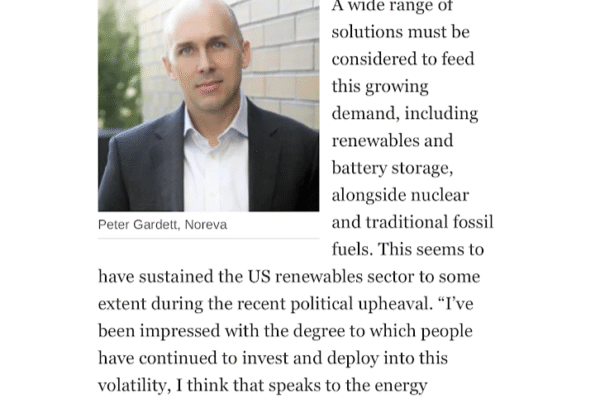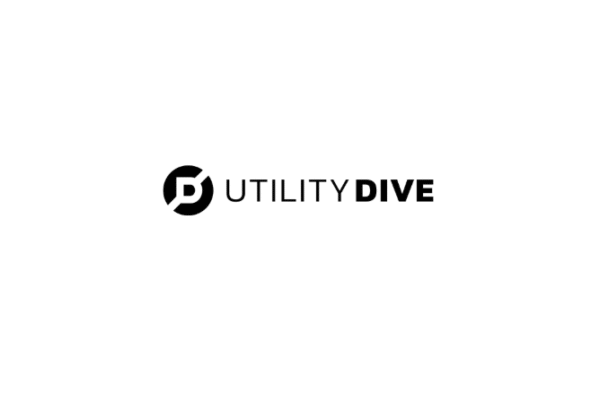The UK’s final investment decision on the Sizewell C nuclear project sends a strong directional message: clean baseload is now strategic infrastructure. But strategic does not mean fast, nor free.
At ~£38–40 billion and targeting a 2034 online date, Sizewell is more decarbonization signal than solution. For the next decade, it won’t displace a single molecule of gas or add a kilowatt to the grid. The emissions, reliability, and affordability challenges Britain faces this decade – especially as coal exits and demand rises – will require complementary answers. And none of those will come from a nuclear facility that won’t deliver electrons until well into the 2030s.
The Regulated Asset Base (RAB) model, used to finance Sizewell, is designed to hedge long-duration construction risk. But it shifts risk (and cost) onto ratepayers. A projected IRR of 10–12% sounds compelling, but Karbone analysis shows that just a 20% overrun can wipe out that upside, especially if commissioning delays shift returns years into the future. Meanwhile, UK ratepayers are on the hook from day one, paying into a project that won’t generate electricity for over a decade.
This isn’t theory, it’s blueprint. Comparable megaprojects like Hinkley Point C, Sizewell’s sister project, and the Thames Tideway Tunnel have seen 30–50% cost overruns and 5–10 year delays, outcomes that trigger automatic RAB levies. If Sizewell C follows suit, taxpayers and ratepayers will foot the bill for costs well beyond the original £40 billion. To put this in perspective: the UK’s annual defense budget is ~£55 bn.
Energy Now vs. Energy Later
This is where the stakes get more complex. While Sizewell C could power six million homes by the mid-2030s, it does nothing to solve short- and medium-term energy reliability. The coming decade’s tight capacity margins, particularly in winter, will be met with imports, renewables, and fossil assets still on life support. The nuclear bet is long-term; but the energy crunch is very much now. For ratepayers, this means not just a higher monthly bill, but a quieter risk: structural cost embedded in long-term tariffs for power they won’t use for another decade.
Karbone Brokerage sees no immediate impact on European environmental attribute markets. Guarantees of Origin (GOs), UK REGOs, and other products are priced on existing generation and near-term expectations. Sizewell C is not yet priced into any forward curve, and rightly so.
A Transatlantic Echo
The message resonates across the Atlantic: U.S. federal backing of nuclear, ranging from tax incentives, bipartisan support, debt financing, to recent DOE and NRC reforms, paints a familiar picture. From the Palisades SMR plans to revival of Three Mile Island via a Microsoft-backed deal, power regulators are converging on nuclear as a keystone of energy strategy.
What Comes Next
Ultimately, Sizewell is a hedge, not a fix. It insures against the long-term risk of gas price volatility and firm capacity shortfalls. But the risk being hedged is ten years away. The near-term risk is underbuilding today – and leaving consumers exposed to price spikes and constrained grids in the 2020s.
Understanding Sizewell C demands integrated modeling across electricity prices, capex curves, financing frameworks, and geopolitical shocks. Karbone Research helps capital allocators quantify nuclear’s strategic value, simulate overruns against legacy assets, and benchmark returns across U.S.–UK infrastructure models.


